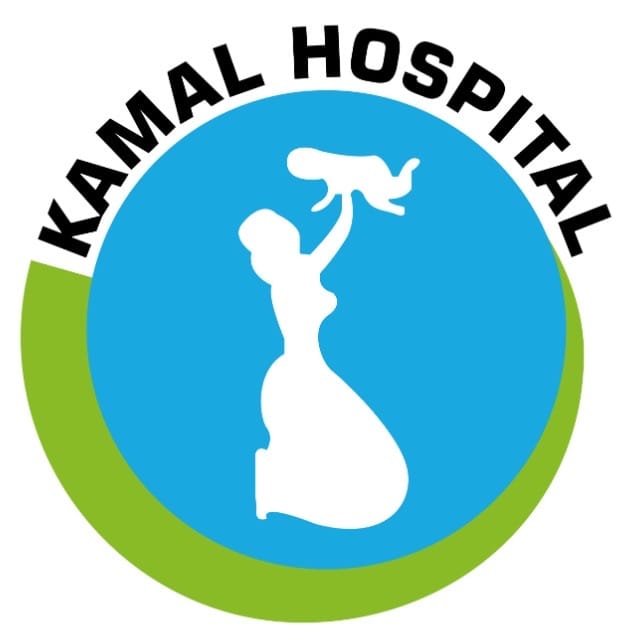What is Monitored Anesthesia Care (MAC)?
Monitored Anesthesia Care, popularly known as Sedation, is a type of anesthesia in which an anesthesiologist gives you certain drugs to allay your anxiety and pain or to put you to a light sleep. The depth of this sleep is much less than that of general anesthesia and is titrated to the requirement of the procedure. In this type of anesthesia, an anesthesiologist:
- Monitors your vital parameters (heart rate, blood pressure, respiratory rate, percent saturation of oxygen in your blood) and corrects them, if needed. Sometimes, monitoring of vital functions is all that is needed and no drugs are used.
- Watches for signs of any local anesthesia toxicity, when local anesthesia is used by the surgeon.
- May use certain anesthetic drugs to provide sedation, anxiolysis (relief of anxiety) and analgesia (pain relief) in such a way that the surgeon gets good operating conditions and the patient comfortably undergoes the procedure, while maintaining airway reflexes and control of spontaneous breathing.
- Remains ready to control the airway and breathing in case the patient is not able to breathe adequately.
- Remains ready to convert MAC into GA, if the patient or the surgeon are uncomfortable under MAC.
Table of Contents
What are the components of MAC?
MAC includes the following components:
- Sedation, which may vary from mild to moderate to deep sedation. The level of sedation is associated with the ease of arousal and is titrated to the procedure requirement.
- Anxiolysis, for allying the anxiety of patient.
- Analgesia or pain relief during the procedure.
- Maintenance of spontaneous breathing by the patient
- Maintenance of airway reflexes and control of airway by the patient.
- Monitoring and control of vital parameters (heart rate, blood pressure, oxygenation) of the patient.
Which procedures are done under MAC?
MAC is used for simple diagnostic or therapeutic procedures, done on day care basis. It can either be used alone or as an adjunct to local anesthesia. Some of the procedures done under MAC are:
- Gastrointestinal endoscopy or colonoscopy, in which a camera is inserted through the mouth into the stomach (endoscopy) or through the rectum into the large intestine (colonoscopy), for diagnosing a condition, taking a biopsy or treating it.
- Bronchoscopy in which a camera is inserted through the mouth into the windpipe, for diagnosing a condition, taking a biopsy or treating it.
- Radiological procedures like a CT scan, an MRI scan, especially in children and uncooperative patients
- As an adjunct to local anesthesia in minor surgical procedures like wound exploration, wound suturing, wound debridement etc.
- Gynaecological procedures like Dilatation and curettage, Dilatation and evacuation, PAP smear, Colposcopy, Cervical biopsy.
- Dental procedures
- Eye surgeries, as an adjunct to local anesthesia. For example cataract surgery.
- Neurosurgeries (surgeries on the brain), in which the patient needs to be kept awake to check the response to direct stimulation of certain areas of the brain (brain mapping). These are called awake craniotomies as the patient remains awake, while the surgery is being performed on the brain. For example, epilepsy surgery to delineate the areas of epileptic foci.
- ENT (Ear, nose, throat) procedures like tympanoplasty (repairing of the ear drum), tracheostomy (creating a hole in the windpipe in front of the neck to insert an airway).
Preparation for MAC
The preparation for MAC includes a thorough preoperative evaluation, intraoperative monitoring and postoperative care, just like any other form of anesthesia.
- Preoperative evaluation: The preoperative evaluation for monitored anesthesia care includes a detailed history of previous and current medical conditions and their treatment, a thorough physical examination, and a review of all the preoperative investigations. It is done in the same way as for general anesthesia as there is always a chance that monitored anesthesia care may need to be converted to general anesthesia (see Preoperative evaluation in Types of Anesthesia).
- Identification of patients with greater sensitivity to anesthetic drugs: Some patients are likely to get more deeply sedated than others or to remain sedated for much longer time than others, with the same doses of anesthetic drugs. This is because of inherent conditions that either increase their sensitivity to these drugs (like old age), or cause delayed/slower elimination of these drugs from the body (like liver disease, kidney disease). Identification of these patients are important so that the drugs can be carefully titrated to effect, without excessive sedation.
- Identification of patients with lesser sensitivity to anesthetic drugs: Patients who are chronic heavy smokers, alcoholics or are drug abusers, have a greater threshold for getting sedated and may require more than usual doses of anesthetic drugs for MAC.
- Identification of patients with anxiety or mood disorders: Patients with severe anxiety symptoms or mood disorders are unpredictable and may have exaggerated anxiety or panic symptoms on the operating table, necessitating greater than usual sedation or conversion to general anesthesia.
- Identification of patients with greater risks of unprotected airway: Some patients are more likely to have airway related problems than others under MAC. For example, obese patients and patients with obstructive sleep apnea, do not tolerate sedation well. They are unable to maintain spontaneous respiration and need assistance for breathing when under sedation. Similarly patients with severe lung conditions have marginal reserves and tolerate sedation poorly. Patients with acid reflux disease (GERD), are more likely to have acid reflux from the stomach, leading to potential airway aspiration, while under sedation. They patients need good acid reflux prophylaxis and airway protection when planned for MAC.
Keeping in view the results of preoperative evaluation, a monitored anesthesia plan is formulated. If any of the considerations for any special/high-risk patient populations mentioned above apply, it could lead to increased chances of conversion to general anesthesia and/or delay in discharge from the hospital. In such a case, a modified anesthesia plan is made in discussion with the patient and surgeon.
How is MAC given?
For administering MAC, anesthetic medicines are given in your vein through an intravenous canula.
How does it feel under MAC?
In MAC, there is an entire spectrum of sedation in which you may feel calm but awake on one hand and be in a deep sleep on the other hand. In awake state, you will feel calm, but will be able to listen to instructions and be able to respond to them. The next level is mild sedation, in which you may feel sleepy or may go into a light sleep, from you may wake up spontaneously or on simple command. In moderate sedation, the sleep is deeper and you are arousable with command but not spontaneously. In deep sedation, you can be aroused but with a painful stimulus.
The depth of sedation varying from simple anxiolysis to deep sedation, is decided by your anesthesiologist, depending on the procedure. Your anesthesiologist takes care that you will still have control on your airway and breathing, even during deep sedation.
Advantages of MAC
Monitored anesthesia care offers many advantages:
- Quicker recovery than GA
- Quicker discharge from hospital
- Lesser incidence of side effects as compared to GA
- No airway manipulation needed
- Spontaneous breathing and control of airway is maintained.
- Less expensive and cost effective
- Less loss of patient work days
What are the side effects of MAC?
MAC shares most of its side effects with general anesthesia (see side effects of general anesthesia in General Anesthesia (GA), as most of the drugs used in MAC and GA are the same. However, the doses used in MAC are much lesser and the side effects of MAC are also much lesser in frequency and severity than GA. Some side effects may include:
- Nausea and vomiting
- Headache
- Persistent drowsiness or sedation
- Urinary retention (unable to pass urine)
- Feeling dizzy on getting up or walking
- More serious side effects may include severe allergic reactions to anesthetic drugs, airway aspiration, local anesthesia toxicity, losing control of airway etc.
Carry home message
Monitored anesthesia care (MAC) or sedation is an excellent anesthesia technique for minor diagnostic or therapeutic day care procedures. It offers many advantages over general anesthesia, including a lesser incidence of side effects, quicker recovery, quicker discharge and allows fast tracking. The side effects are few and easily manageable in most cases. Your anesthesiologist will titrate the required depth of sedation for your procedure and monitor your vital functions during your procedure. Stay healthy!

For more such interesting information on women's health, kindly visit our website Expert Gynae Care and our YouTube channel @drnidhigarg
To consult Dr. Nidhi Garg, please visit us at Kamal Hospital, Doaba Chowk, Jalandhar-144004 or Visit our website kamal Hospital jalandhar or Expert Gynae Care



1 thought on “Understanding Monitored Anesthesia Care (MAC)- Sedation and beyond”
Comments are closed.